JOIN the AFICIONADOS
Get the insider news and lowdown on what we've been up to, where we've been, and who we've met along the way. Be the first to discover new places and get the scoop on our favourites.
When thinking of Italian architecture, what’s most likely to come to people’s minds are the iconic Roman structures and ruins Italy is strewn with: the Leaning Tower of Pisa, the Colosseum, the Pantheon, the many viaducts, bridges, palazzo’s and Triumphal arches. But contemporary Italian architecture is not to be underestimated – on the contrary, one of the world’s most famous starchitects is Italian: Renzo Piano.
The Genoan architect and engineer rose to fame in the late Seventies, when, as a then-unknown practice, he nabbed the commission for the Centre Pompidou in Paris. The controversial building looks like it’s turned inside out; its brightly coloured piping and open bearing structure visible at street level. This original and ingenious way of working, at once industrial and artistic, became his trademark.
Piano went on (in collaboration with different engineers) to create the Biosphere in the Old Port of Genova, a botanical garden floating, like a glass bubble, on the docks and the Agnelli art museum in Torino, perched atop the Fiat factory. More recently he designed the undulating, hillside-inspired Paul Klee Center in the Swiss capital of Bern and the more classic skyscraper of The New York Times in New York. In 2012, in London, he built the controversial Shard, a ‘sharp and light presence in the urban panorama’ in Piano’s own words, to some an eyesore that ‘slashed the face of London forever’.
But in 2013, he once again drew up plans for a new Italian project: the MUSE in Trento, a stone’s throw away from Lake Garda. Much like our partner Vivere Suites and Rooms, it’s a structure that complements the region’s mountaneous landscape, each in its own way. While the modernist lines of Vivere act as a frame that allow nature in and heighten the contrast, its low-rise structure enhancing the grandeur of the mountains and opening up the scenery, MUSE, with its five floors and sloping surfaces mimics the surrounding mountainous shapes. Piano used highly efficient and sustainable, renewable sources for this museum of Natural History, staying true to the institution’s preservation mission focused on Alpine fauna.
Like his signature projects, glass is the protagonist in this design, which also features a greenhouse, reminiscent of Piano’s Biosphere in Bologna, but then peaked rather than curved. And instead of using bright piping, as with the Centre Pompidou, MUSE’s outer structure is detailed with fine wood.
Going from modern relaxation close to both the mountains and Lake Garda, to getting a taste of the region’s natural history, showcased in an example of outstanding architecture by a contemporary (and controversial) Italian genius is an easy feat around these parts. Just one hour’s drive apart, Vivere Suites and Rooms takes care of the former, and Renzo Piano’s MUSE takes care of the latter.
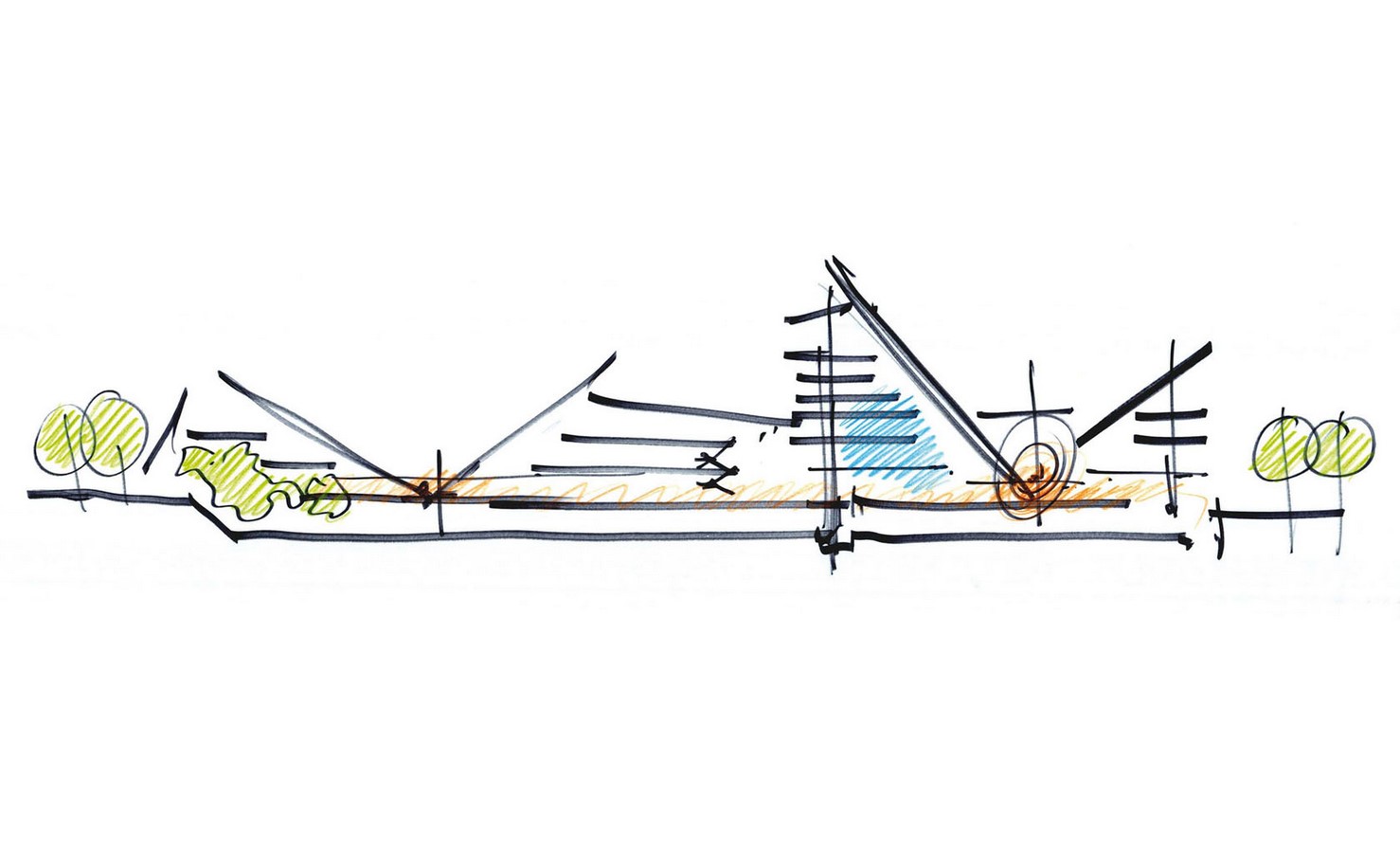
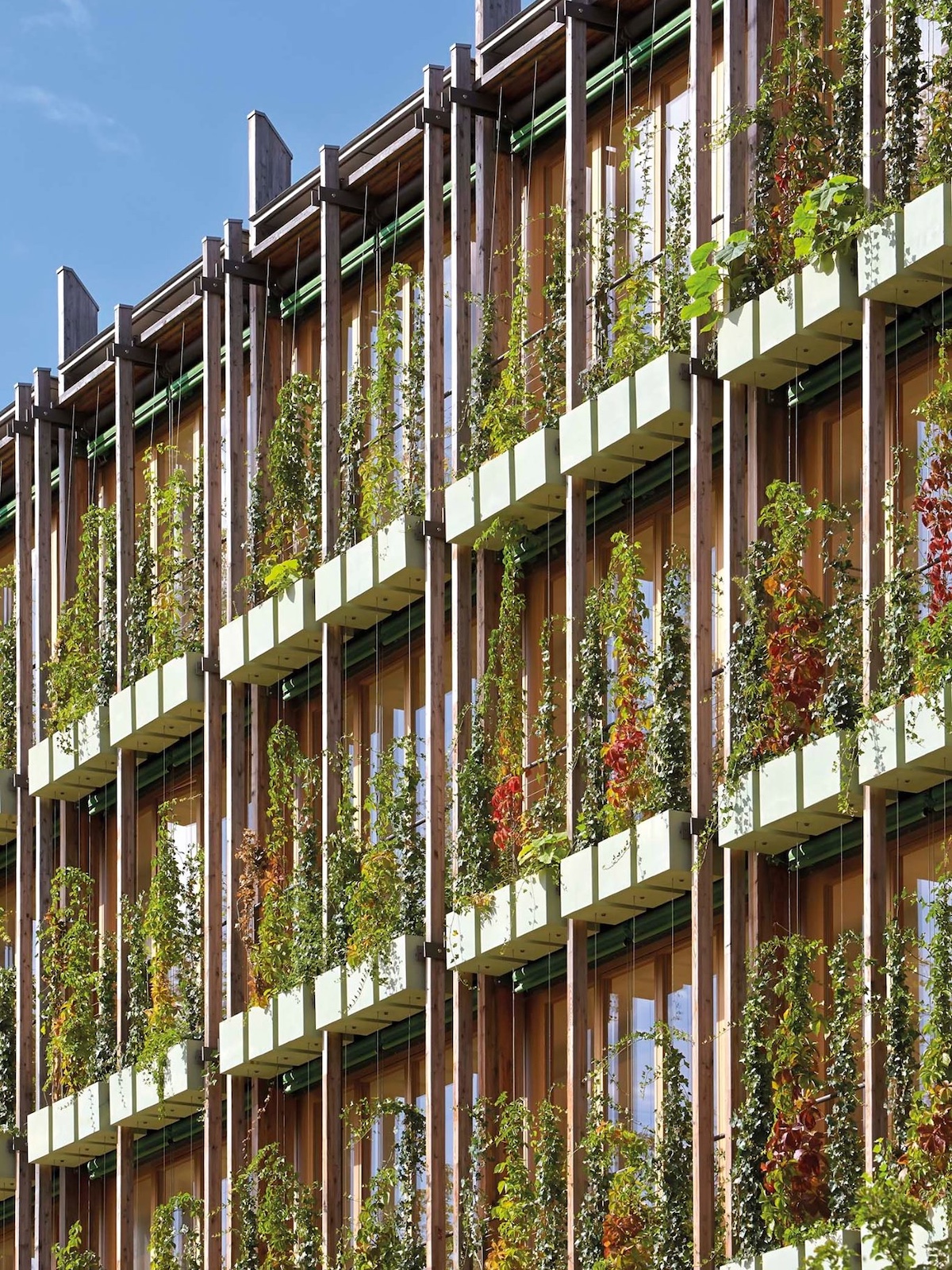
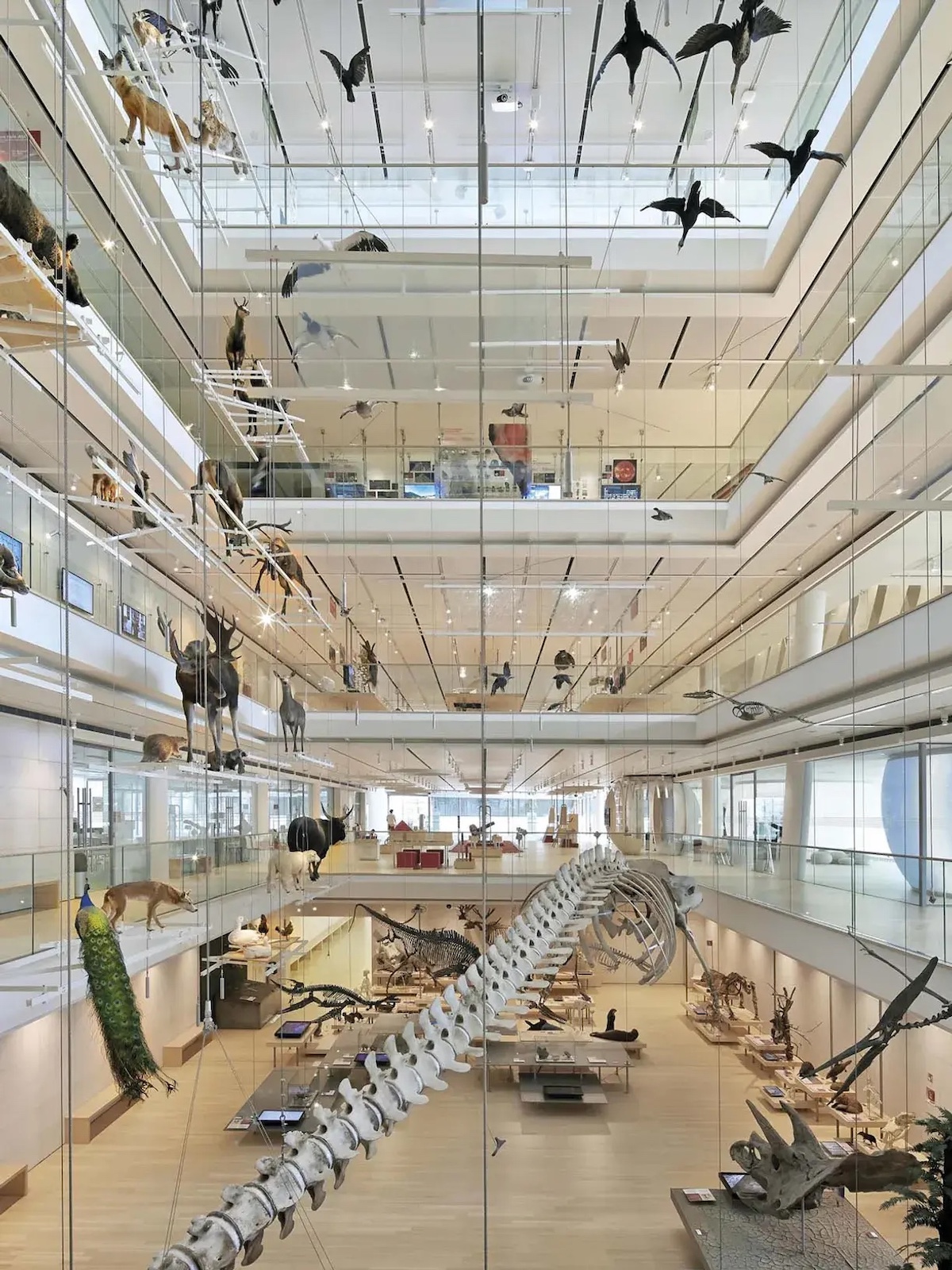
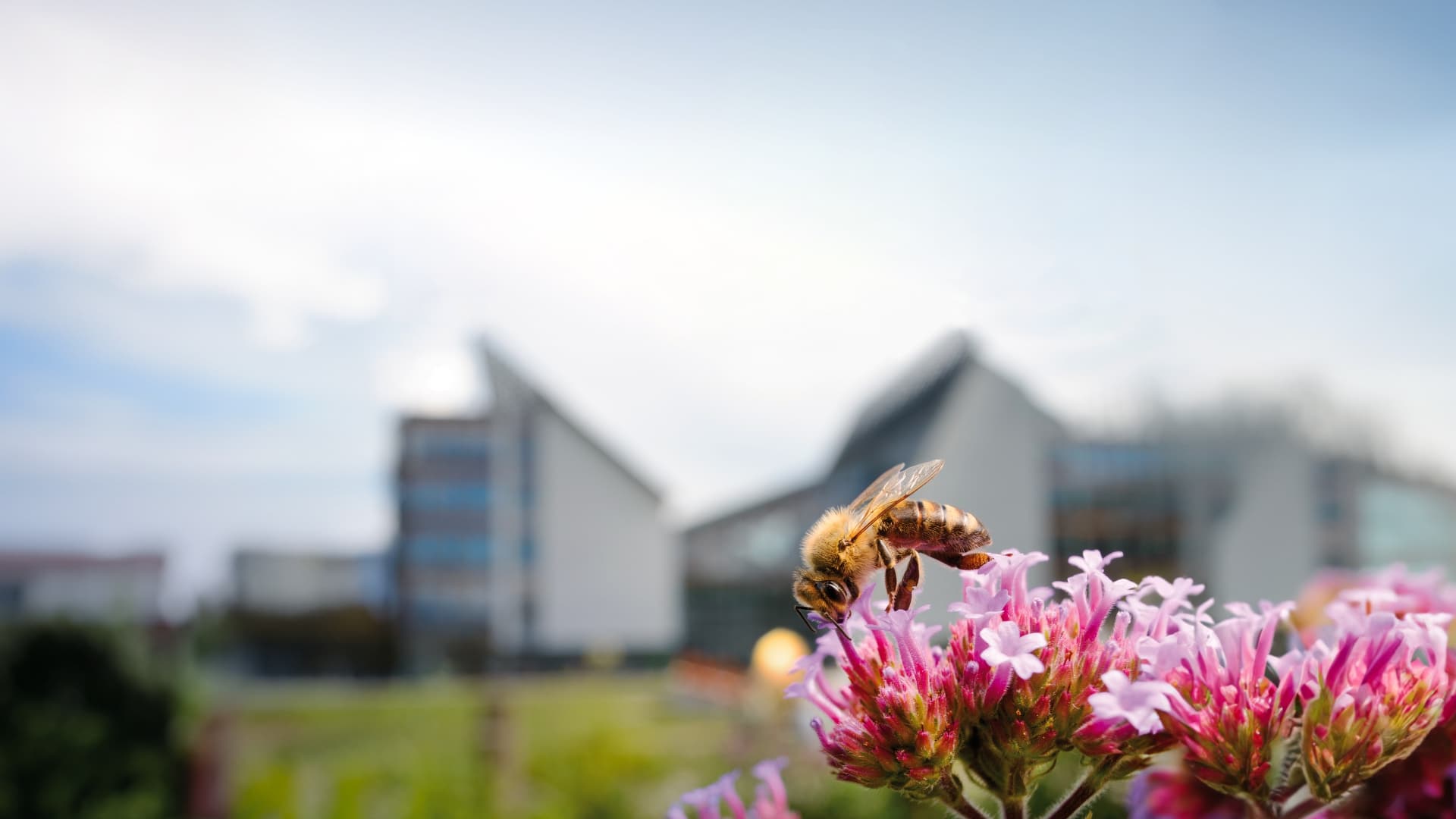
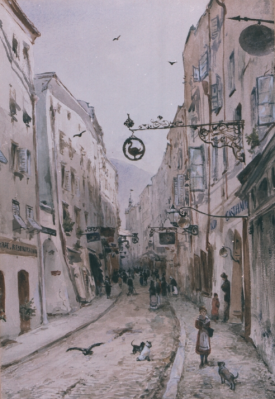
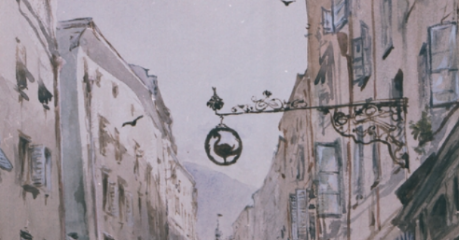
When dealing with one of the oldest buildings in Salzburg, it takes the architect’s clever manipulation of architecture and design to create an exciting, inspiring atmosphere that coverts the old and the new to extreme yet complimentary dimensions.
read more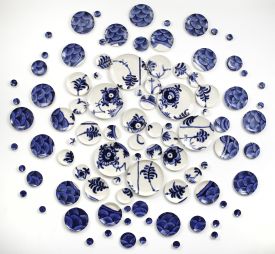
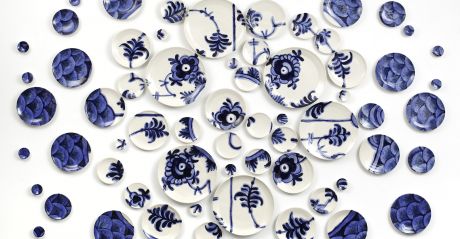
A city of effortless cool & pioneering Scandi design Copenhagen has long been at the heart of the world’s ceramics stage, from practical to the performative.
read more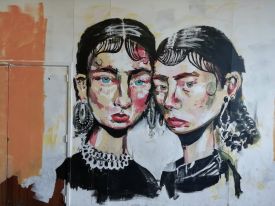
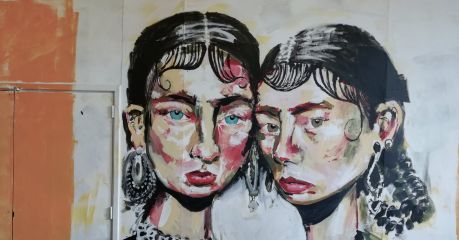
Lisbon, Portugal's legendary capital simply bursts with heritage, azulejo tiles, Pastéis de Nata & art - this is a design guide you can shop, see & drink.
read more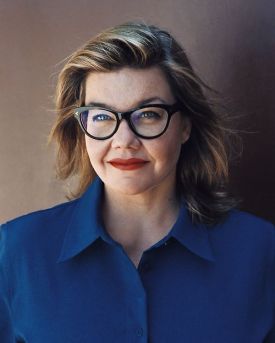

Director of internationally acclaimed Vienna Design Week, Lilli Hollein had never yet turned her eye to interior design until Vienna's Hotel Altstadt came knocking.
read more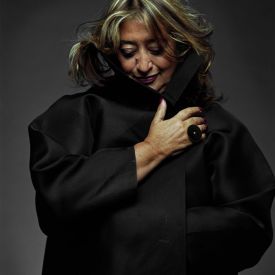
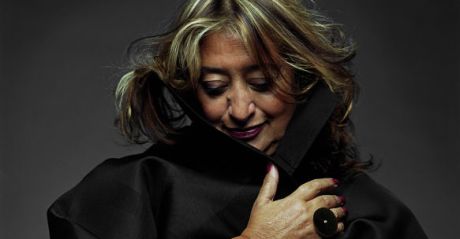
Zaha Hadid Architect's coastal Salerno Maritime Terminal in Cilento, Italy carries her hallmark curves inspired by oysters and the waves, a coastal landmark.
read more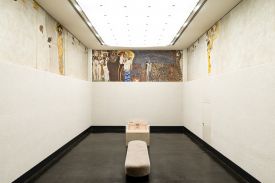
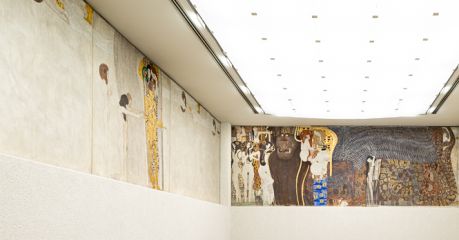
Browse our unique Vienna Art Guide below for all there is to know about Austria’s art and culture capital. Once the epicentre of the longstanding Habsburg empire, Vienna is awash with galleries, artists, museums and odes to moments of age-defining culture, as well as a new generation of creatives call this city home, once again.
read more
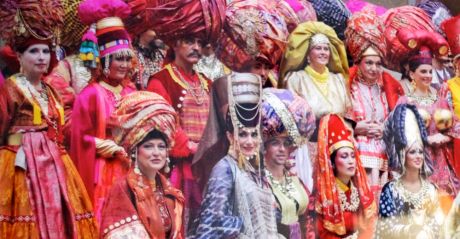
Architect and interior designer Roland Nemetz designs 'his' suite at the boutique Hotel Altstadt Vienna - part of a series of creatively inspired interiors that capture the soul of artsy Wien.
read more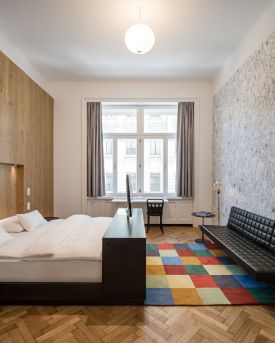
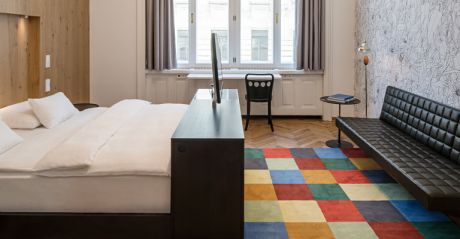
Peek into our Hotel Altstadt Vienna interior design series at room 64, this time designed by celebrated Viennese architect, Adolf Krischanitz.
read more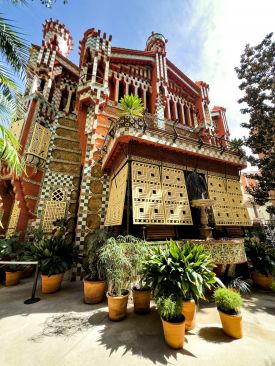
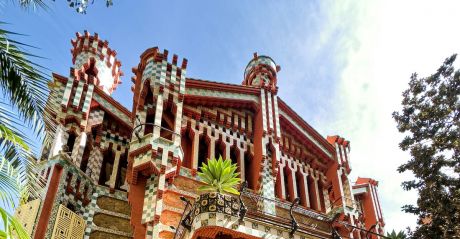
Gorgeously flamboyant, Casa Vicens is a riot of colour and fantastical architectural detailing - bearing the hallmarks of Barcelona hero, Antoni Gaudi.
read more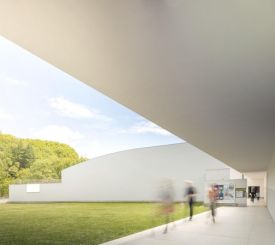
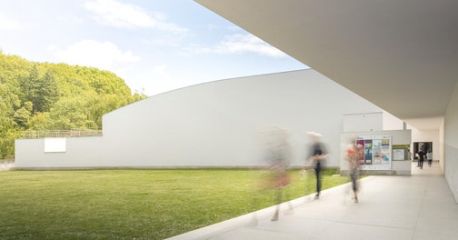
Porto for culture seekers - we explore the Serralves Foundation comprising of a dusty pink 1930-40s’s Art Deco villa designed by Porto architect José Marques da Silva, a landscape-specific contemporary museum designed by Álvaro Siza.
read more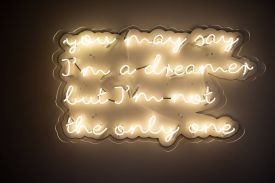
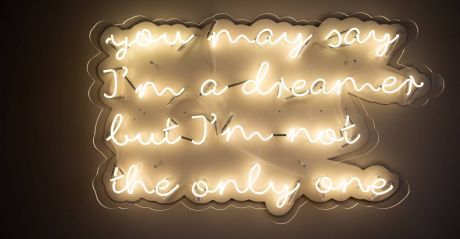
Creativity at Otto Wiesenthal’s iconic Altstadt Hotel Vienna is never in short supply. The new United Nations Suite is a fantastic design narrative related to the UN, John Lennon, Le Corbusier to 'Make carpets, not war'.
read more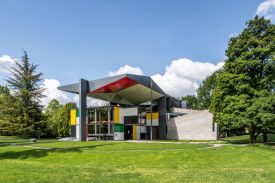
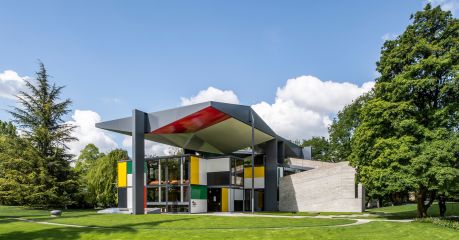
The Pavilion Le Corbusier, located in Zurich, pays homage to an architect who was the forerunner of urban design, a pioneer of sustainability, and a leader of modernism.
read more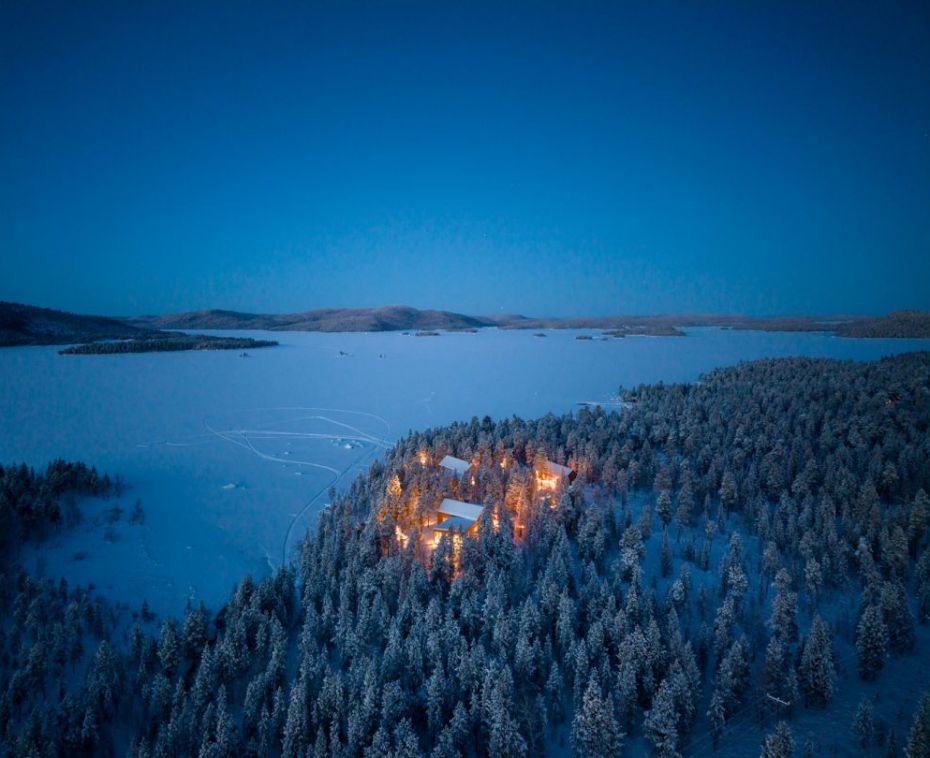
Get the insider news and lowdown on what we've been up to, where we've been, and who we've met along the way. Be the first to discover new places and get the scoop on our favourites.
